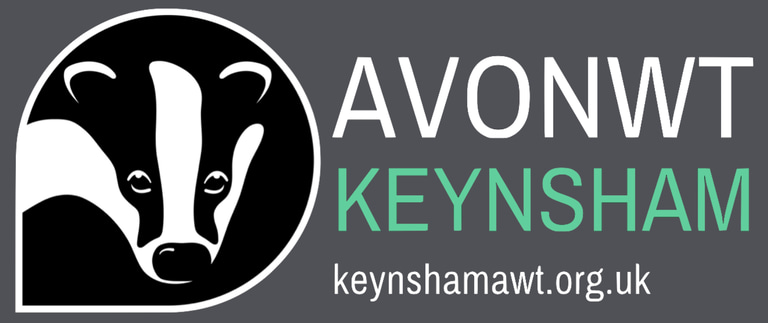Great Avon Wood
Group Visit to Great Avon Wood, in the Chew Valley near the village of Pensford in June 2025
Dave Sage
6/14/20252 min read
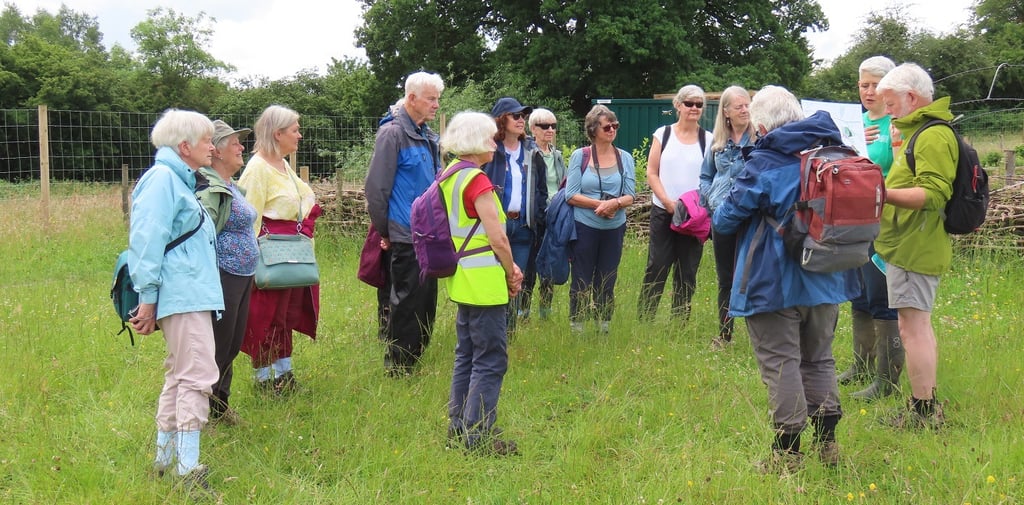

As a follow up to Mark Funnell’s brilliant Valentine’s day talk, 12 of us were treated to a superb couple of hours seeing first hand just what brilliant work Avon Needs Trees (ANT) are doing near Publow, just a few miles from Keynsham. Using the minibus to reduce our impact on the environment, we were greeted by Susan Barker (not the former tennis star!), John Chew, and Martin Wood, who led us on an interesting and inspiring walk around part of the newly-planted Great Avon Wood. The threatened rain held off for most of the afternoon.
Part of a 20 year project in partnership with DEFRA to restore the Chew catchment area to its former diversity, ANT has more recently purchased Wick farm near Hunstrete (422 acres) and will be planting over 100,000 trees there to form the Lower Chew Forest.
More than just the 170,000 trees planted since 2020, the 582 acre sites purchased by ANT also contain wild flower meadows, streams, ancient woodland and hedgerows, the famous 1,000 year Publow Oak (roped off due to the huge trunk splitting recently), a badger sett, and deer fences and guards, to allow natural regeneration / succession to take place.
Photos: Publow Oak (above)
Deer fences (below)
In the area we walked around, already 30,000 trees have been planted since it was purchased in 2022, a wide range of native British species, including hornbeam, guelder rose, spindle, and in the wetter areas, alder and goat willow all suitably guarded from deer, rabbit and badger browsing. There is also a thriving tree nursery, propagating saplings using seed from trees growing on site (including the Publow Oak). This is truly a forest in the traditional sense of the word.
Photo: Susan Barker
The wild flower meadows are already well-established, with several grass species, knapweed, trefoils, meadow vetchling, marsh bedstraw, marsh thistle, and yellow rattle - semi-parasitic on grasses, which reduces their ability to out-compete other wild flower species, & so increases diversity. Feeding on these are several butterfly species, including meadow brown, large skippers, peacocks and marbled white; moth species including the striking 6-spot burnet, and an abundance of crickets and grasshoppers. Preying on these herbivores are ladybirds (notably the 7-spot); funnel web spiders and plenty of bird species: we saw and heard skylark, song thrush, blackbird, wren and blackcap.
Photos: Peacock butterfly caterpillars;
Marbled White butterfly, Large Skipper butterfly
7-spot Ladybirds, 6-spot Burnet moth
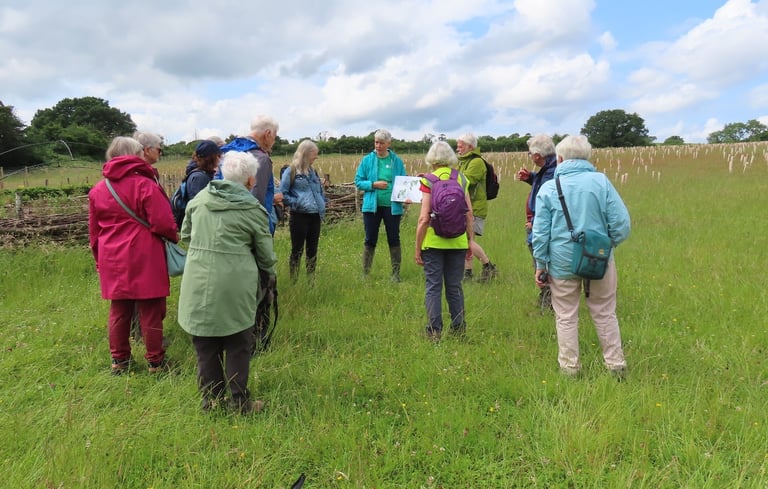

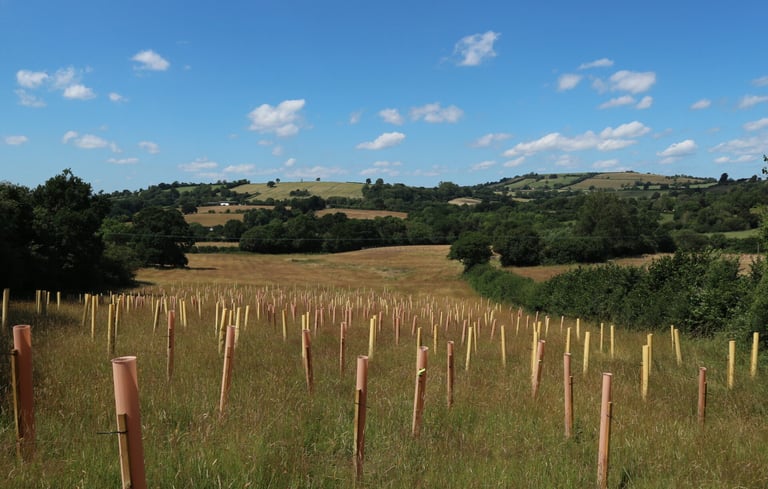

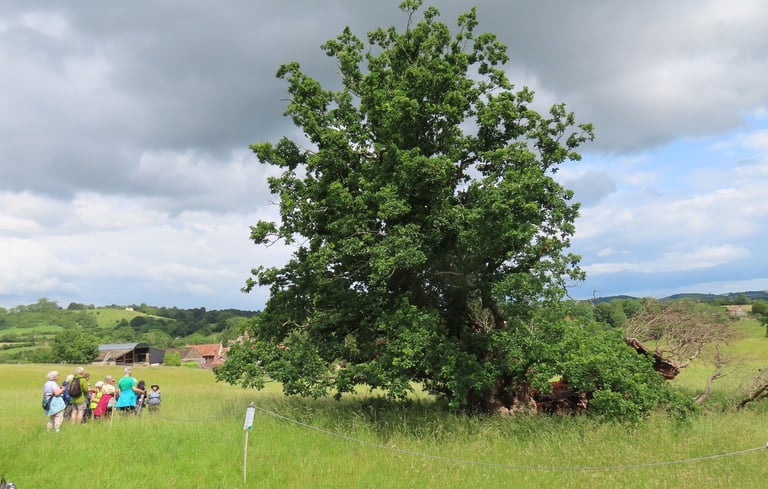

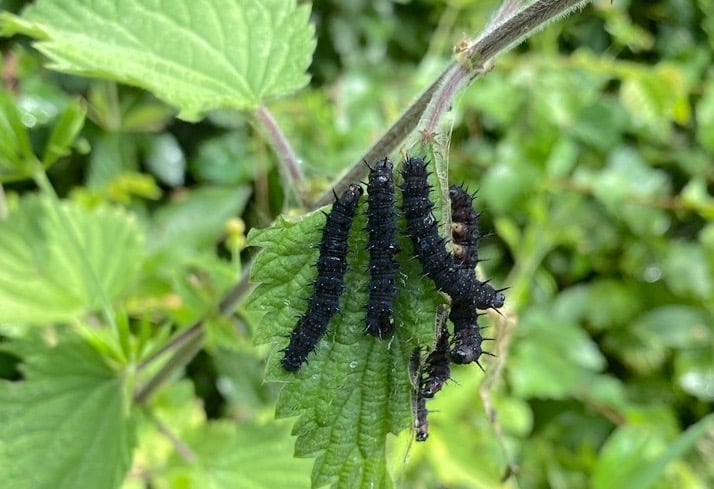

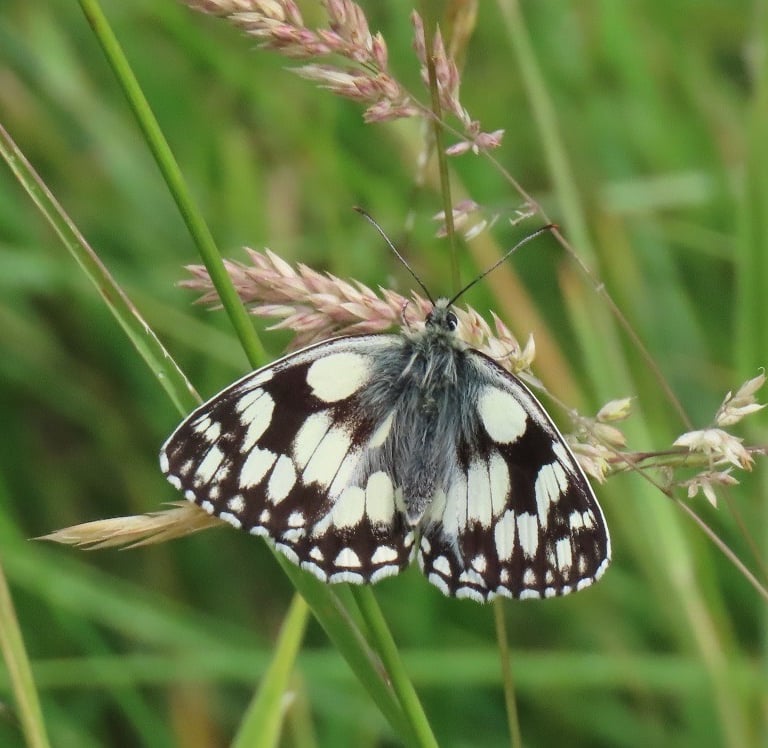
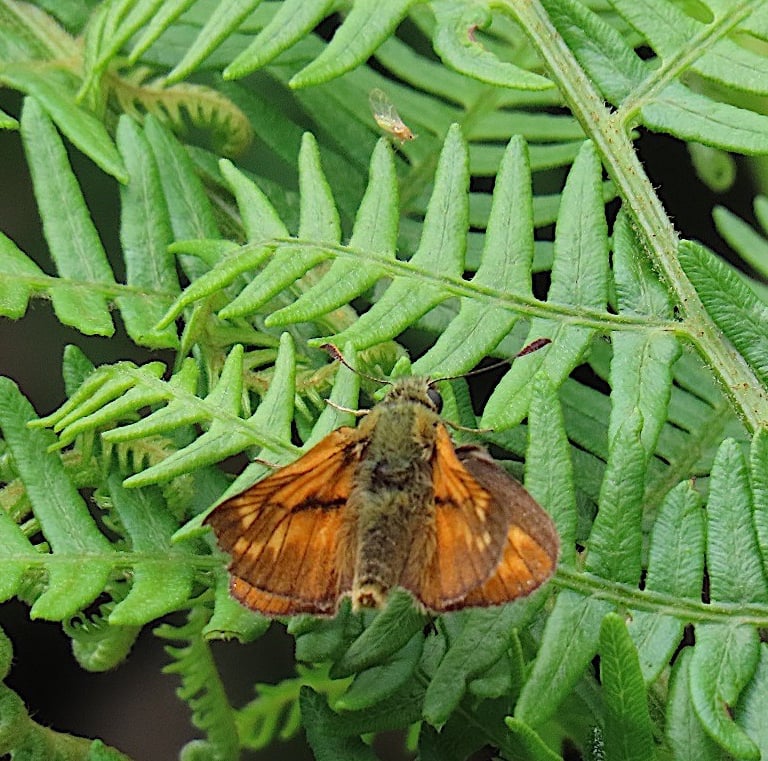
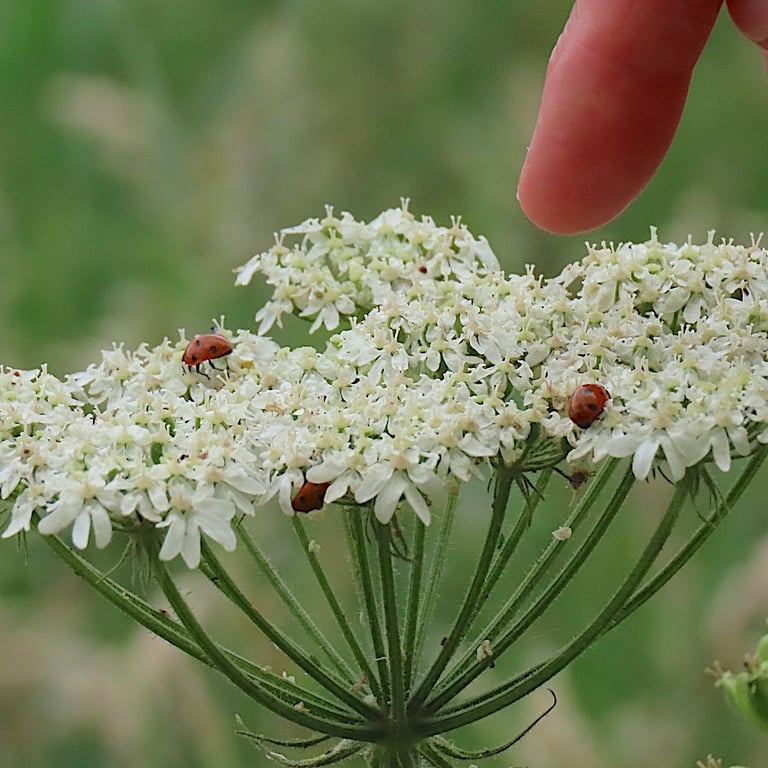
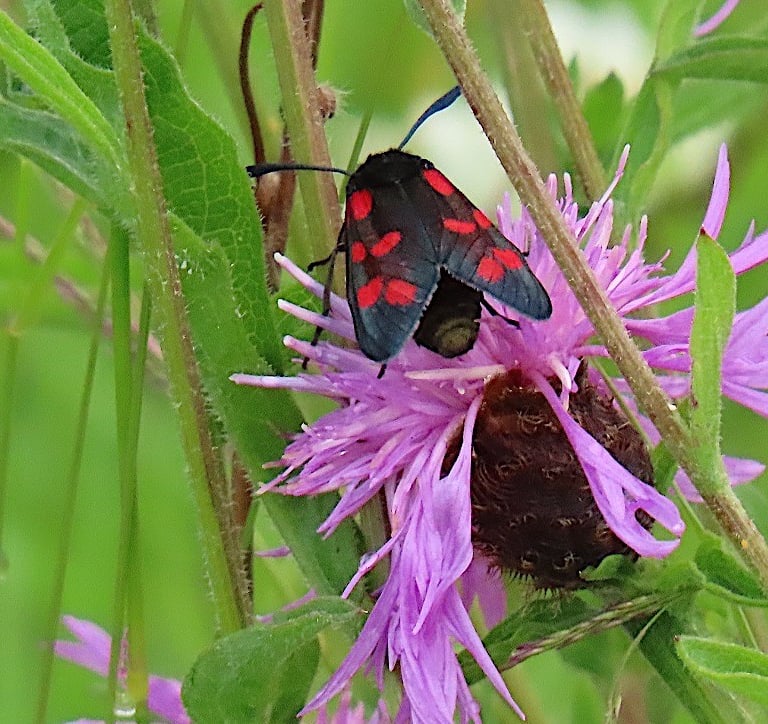
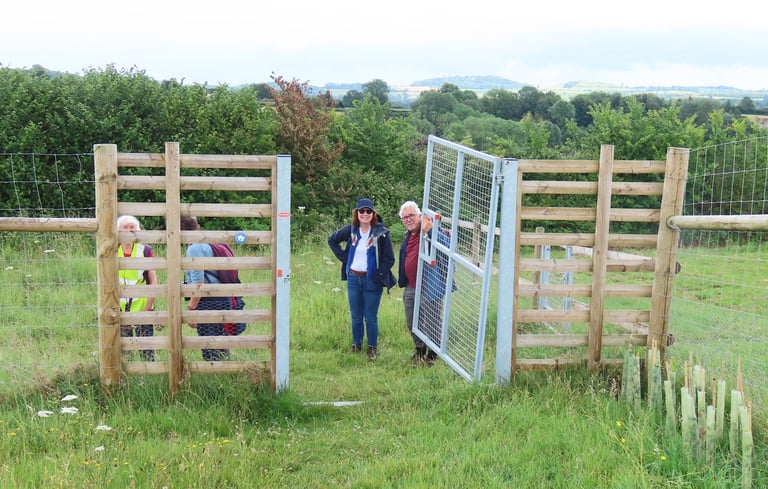

Huge thanks to Liz Wintle for organising this excellent outing: another great success!
Photos by Dave Sage
Contacts
E-mail: info@keynshamawt.org.uk
Phone Kathy: 07850 508702
Avon Wildlife Trust:
Registered charity number 280422
Keynsham Group Avon Wildlife Trust
Follow us on Social Media:
